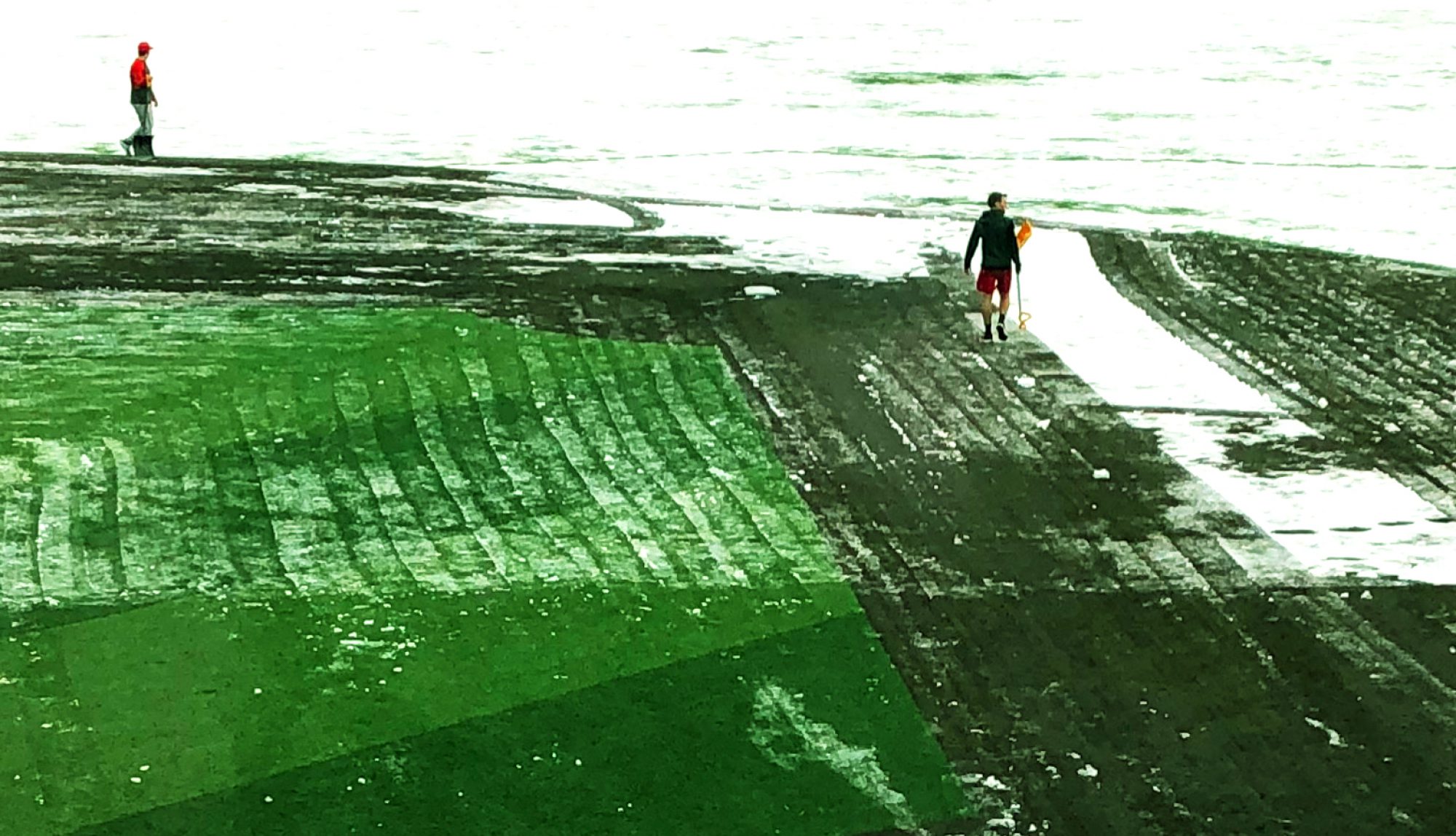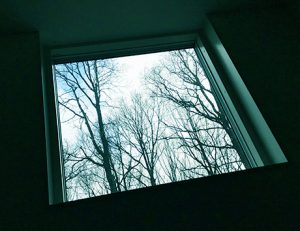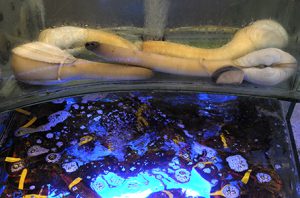
As the pandemic vise tightens, urban histories and visions lose their dye. Awkwardly subdued, cityscapes turn in confusion, groping for the spatio-temporal straws upon which they used to thrive. Even the urban present, that sensational salad bowl that we used to enjoy, is tainted, or perhaps overly sanitized, replaced by new and not only promising blends of reality and myth.
Recent courses of events have put urbanity in a new and revealing light, exposing not only a virological vulnerability, but a susceptibility to all kinds of more or less contagious, more or less grounded infections. If the polis also previously both relied on and suffered from a factual-fictional friction, the current plague has come to enhance this irritation in the weirdest and most conspicuous of ways, occasionally as bizarrely naked moments of empirical clarity.
One such moment of urban geographical intelligibility occurred recently on the outskirts of Philadelphia, more precisely in an industrial area aptly squeezed between the Amtrak railway yards and the eight-lane Delaware Expressway. Here, on a quiet November Saturday, as if arriving from outer space, a motley crew of political campaigners pulled into the backyard of a local landscaping firm to stage a press conference targeting national and international media. While realizing this was not the fancy hotel context they had expected, but a somewhat rougher setting, the team made the best of the situation, covering garage doors with campaign banners and posters, mounting microphones and loudspeakers in strategic positions, and hiding landscaping equipment behind politically adorned vehicles, hence giving to the site at least a touch of generic mediascape. And so it happened that Four Seasons Total Landscaping haphazardly came to figure in a political play whose stated aim it was to trim and prune reality to fit its grandiose phantasms.
The political conspiracy dealers might have gotten their message through, but what they forgot to account for was what we might call ‘the total landscaping effect.’ As opposed to a political tactic of zooming in, landscaping has to do with zooming out. And this is what eventually happened. The stage might have been set, however not strictly enough as to prevent gazes from seeking their way outwards, towards the beyond. And as many commentators fondly noted, in this case the back-drop was really the best of it. Rather than a neatly redacted atmosphere, what protruded through the expanded media frame was a messy small business urbanity, besides the backyard of a gardening firm including also other vital segments of that spatial assemblage called ‘reality.’ Unable to perform a check-up in situ, I immediately turned to the online streetview application, which confirmed what the throng of reporters had already pointed out. Beyond the political mirage, besides the Four Seasons facilities, the pruned spruces of Delaware Cremation Center, the yellow awning of Fantasy Island Adult Books; the inobtrusive entrance to the Brazilian Shalom Pentecostal Church, the Zoom Baseball Academy, and further beyond, Rosetti’s Collision Service, Forever Marble and City Wide Roofing. An ordinary streetscape, tucked away but nevertheless breathing.
What came into view was a repressed and disputed urban present, an infrastructure justified only implicitly, sporadically, in moments of collapse. Yet entangled with everyday life, it is a here-and-now that tends to return, again and again, haunting those who thought they left it behind. It is also a reminder of the energy it takes to shift perspective and to allow for the gaze to seek its grounding beyond flash lightings. The total landscaping effect then, rather than a cover-up, arises from the insistent and recurring questioning of the present as a real, always different from itself, both ahead of and lagging behind the fictions to which it gives rise, yet at times, appearing in its full width. It is a traumatic real, as described by among others American cultural theorist Hal Foster, knowable only in relation to a rupture or a slippage cutting through the layers of representation, yet returning again and again. As political subjects in an urban landscape, we are in fact beholders of our gazes, even armoured with views. Yet at the same time, as spectators, we are obliged to abide by scenic frames, touched only by selected glimpses of the wider landscape. While the real is there, it protrudes only in parallax,as gazes run amok, out of control. And as I roam the screened streetviews of the Philadelphian periphery, it strikes me that I have been here before, that I have in fact slowly pulled into this specific urban landscape through its expanded backdrop, and this on a slow ride with the Amtrak Crescent towards the south. While the total landscaping of that voyage was different, it now returns full force, as the troubled and repetitive line-up of scattered urban presents, pointing towards a future out of control.
”Tis strange—but true; for truth is always strange/Stranger than fiction, if it could be told”
(Lord Byron, Don Juan, 1823)
(The text is also published by SLU Urban Futures in their Urban Readings series)



